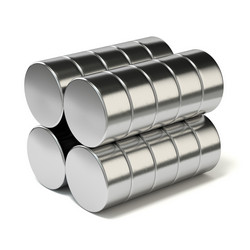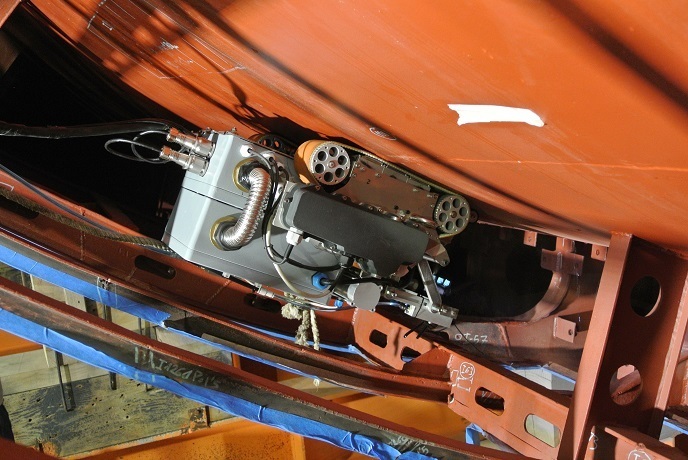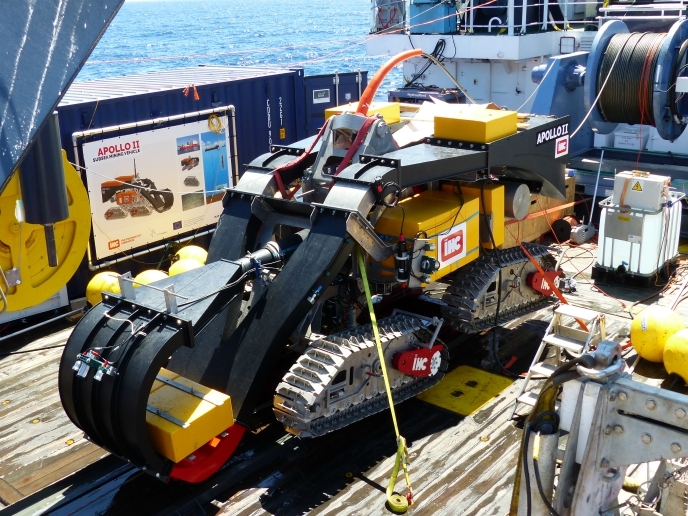New materials to replace rare-earth magnets
Rare-earth elements are a collection of seventeen elements in the periodic table; namely scandium, yttrium, and the 15 lanthanides. They possess magnetic and conductive properties that are not found anywhere else in the current cabinet of chemical elements. Today, the strongest rare-earth permanent magnets are made of neodymium, iron and boron. They are widely used in computer hard drives and are part of driving mechanisms for electrical and hybrid motors. Neodymium magnets also have important medical applications including magnetic resonance imaging technologies. While the demand for rare-earth elements is exploding, they are mined almost entirely in China. The EU-funded project EXMAMA(opens in new window) (Exploring new magnetic materials from first-principles) aimed to identify practical alternatives for critical applications requiring strong permanent magnets. These new, environmentally friendly magnetic materials should be free of rare-earth elements to ensure that their manufacturing route is not subject to international trade restrictions. To this end, the EXMAMA scientists adopted a bottom-up approach to the design of materials based on state-of-the-art theoretical tools. Relying on ab initio calculations, the scientists conducted a systematic theoretical investigation of the microstructure and magnetic properties of a broad variety of materials with stable chemical composition. This helped identify a new material with magnetic properties comparable to rare-earth magnets. In addition, the predicted Curie temperature is of the order of 1000 degrees Kelvin. Hence, this newly designed material is expected to surpass the current samarium-cobalt magnet technology, creating a niche for these materials in applications where high magnetic strength is needed at high operating temperatures. The synthesis of these new magnets is currently being investigated experimentally by EXMAMA project colleagues in Germany, Japan and Switzerland.







